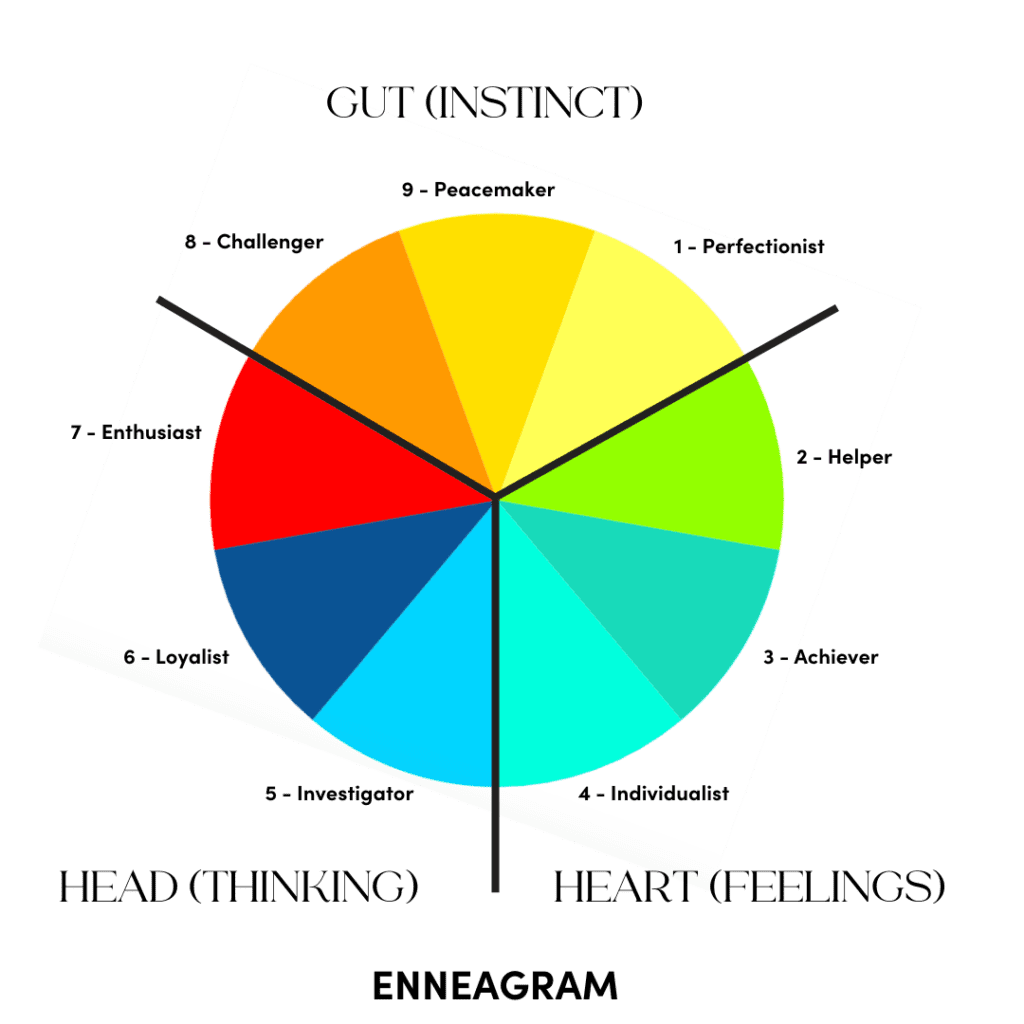Are you having trouble making an important decision?
Do you wish it were as easy as Paper or Plastic?
Are you getting conflicting thoughts and feelings and not sure on a given day what’s the right course?
Today is all about help for this struggle with decision-making. This is such an important area because we can get stuck for years not knowing what to do. Or we can make poor decisions that get us trapped in bad situations that just don’t serve us.
In my recent blog, Fear vs trust in leaving medicine, I shared a technique for decision making based on shifting your perspective from fear to trust.
In this blog, I’m taking a different approach and we’re talking body parts.
Remember Anatomy 101?
HEAD. HEART. GUTS.
We’re going there, to the body, but minus the formaldehyde and the body is definitely alive!
It’s your body.
I’m talking about your HEAD, HEART, and GUT as your three centers of intelligence which come into play when you’re making decisions.
These centers correlate with decisions made from thinking, feeling, and using your gut or intuition.
This information is based on what I’ve learned from the Enneagram Personality Type system.
You don’t need to know your Enneagram type to benefit from this exercise, but if you want to take the test later, you can find it HERE.
You can use this approach if you’re making a career decision such as whether or not to leave medicine or start a business. You can also use it in your personal life for anything from relationship decisions to questions such as should I move to a new city?
According to the Enneagram, based on our personality type, we tend to favor one of these three centers of intelligence over the other two. We can also get out of balance within a center.
Ideally, when we make important decisions, we want to use all three centers in a balanced way.
The diagram below shows how the 9 personality types are associated with each of the three centers.

Gut (Instinctual) Center – Enneagram Types 1, 8, 9
Heart (Feeling) Center – Enneagram Types 2, 3, 4
Head (Thinking) Center – Enneagram Types 5, 6, 7
Even if you don’t know your Enneagram type, you may have a sense when you read the descriptions below, which one fits you most closely:
This is from Personality Types by Riso and Hudson:
“The Feeling Triad: Two, Three, and Four: These three types have common assets and liabilities which involve their feelings. When these types are healthy, their feelings are the focus of what is admirable about their personalities, enabling them to become highly valued for their interpersonal qualities. When they are unhealthy, however, their emotions are out of balance in one way or another.”
“The Thinking Triad: Five, Six, and Seven: These three types have common assets and liabilities which involve thinking. When these types are healthy, their remarkable insights, ideas, and ability to understand things is unequaled by the other types: they are frequently responsible for outstanding practical, creative, or scientific achievements. When they are unhealthy, however, their thinking gets out of balance in one way or another.”
“The Instinctive Triad: Eight, Nine, and One: These three types have in common assets and liabilities which involve instinct. When they are healthy, these types relate to their environment and to others exceptionally well, responding from a deep wisdom within themselves, frequently as leaders of one kind or another. However, when they are unhealthy, they become out of balance with how they relate to the world and other people.”
It’s important to realize that regardless of our type, we use all three of the centers! We all think, we all feel, and we all have instincts and intuition.
When we’re using all three centers in a healthy and balanced way, we will be making the best decisions for ourselves.
So how do YOU know if you’re using all three centers in a balanced way to make an important decision?
You can explore the decision from the perspective of each of the 3 centers.
To illustrate this, I’m going to use a made-up example of a physician; let’s call him “Dr. Headman” (or Headwoman) who’s trying to decide if he should leave medicine.
When Dr. Headman checks in with each of these three centers, this is what he hears:
What he hears from his HEAD:
You worked so hard to get here, how can you consider throwing it all away? Someone else would kill to be in your position, especially during a pandemic. You’re lazy. Why can’t you hack it? If you leave, you may be more unhappy, and you could fail. Just put your head down and be grateful you have a job.
What he hears from his HEART:
I’m dying a slow death here. This is soul-sucking work. I can’t remember the last time I felt joy. I feel numb. There is no way I can keep doing this for another 10 or 20 years. I’ve been telling you for a long time this isn’t working. When are you going to listen to me? Why don’t you hear me?
What he hears from his GUT:
I can’t say exactly why, but I KNOW this is not right. I KNOW something needs to change. I may not have all the details or know how things will work out, but trust me when I tell you that you’ll be OK if you make a change.
Dr. Headman, our fictitious doctor, is a Type 6 (very common for physicians). His HEAD center is out of balance causing his thinking to be negative and focused more on problems than possibilities. His HEART and GUT centers are trying to give him a different message, but they are being drowned out by his fear-based thinking.
What can happen when you prioritize one center at the expense of the other two, is it becomes harder to “hear” what they’re telling. They go to sleep, if you will, because they’re tired of being ignored. You could also call it disuse atrophy.
Dr. Headman is probably hearing only what’s coming from his thinking center. When he can calm his mind and focus on listening to his heart and gut, he will have access to a more integrated perspective and better decision-making capabilities.
He’ll be less likely to stay trapped or make a regrettable mistake.
If you’d like to try out this exercise for yourself, here are some steps to follow:
One: Write down the decision you’re trying to make.
Two: Write down how each of these centers see the situation. If it helps you to connect, you can put your hand on your head, your heart, and your gut as you “take dictation” from each center respectively.
Three: Rewrite any of the three centers that are coming from a fear-based approach; view them instead from a place of trust. Tip: Fear-based thinking focuses more on the problems and what could go wrong as opposed to what could go right and the possibilities.
(In my recent blog, Fear vs. Trust in Leaving Medicine. there is an explanation of the difference between fear and trust-based thinking as well as a downloadable homework exercise with audio you can use.)
Four: Evaluate what has changed regarding your decision with all three centers coming from a place of trust and confidence. If you were to act from this place, what would be your next step?
While we may wish that all decisions were as easy as Paper or Plastic? it’s through being open to hearing what the different parts of ourselves have to say, even if it’s unsettling, that we can make our best decisions.
Try out this exercise and tell me what KEY decision you’re now able to make!
Carpe Diem my friend,
Heather
If you want to take the Enneagram Personality Test, you can find it HERE.
Latest Posts
Find what you're looking for:
Popular Categories:
Career Change | Career Enhancement | Job Search | Personal Development
6 Comments
Leave a Comment























Thanks for this post, Heather! Loved it. Also loved the Remy and Milo update. Keep us posted! I don’t think Milo got the bird. I think it’s still out there. That’s what my heart and gut tells me…
Dr. Rachel! You’re so welcome, my pleasure. Thank you for giving me a good laugh this morning. I have to say, your heart and gut are spot on. Milo has never worked for food a day in his life. He’s caught some slow-moving kibble, but that’s about it.
I love this!! I can see this being very useful for a variety of big decisions. Thanks, Heather!
Thank you Dr. Yasmine! Much appreciated! You always impress me with your knowledge of the Enneagram. Hope this is helpful for you.
So insightful, as always! This is a great reminder to keep your bits in balance and a reminder to self-reflect. It’s challenging to get out of your head and listen to all your centers of intelligence. Thank you so much for the practice exercise!
Well said Limes-in-the-coconut! ( one of my favorite jingles). Thank you for your kind words. You are right, it’s so easy to get stuck in the head. It’s such a talker! I hope you get some great results from the exercise.